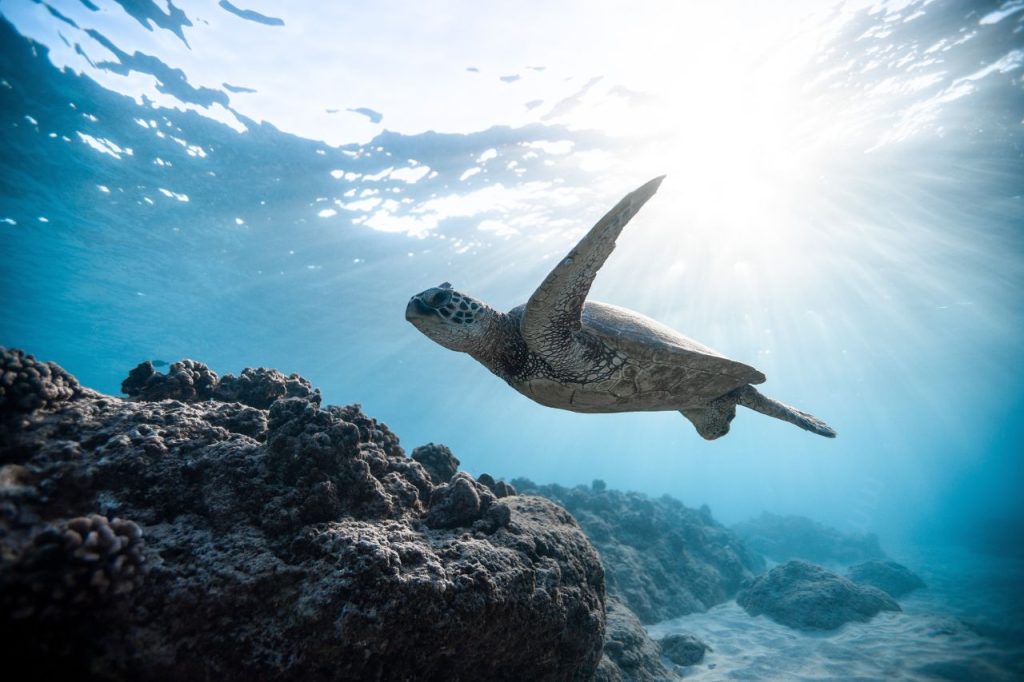Different types of sea pollution
World Oceans Day.
The oceans are an indispensable resource covering about 70 per cent of our Planet, now endangered by human activity. For decades, in fact, waste of all kinds and industrial waste have been dumped into the sea, making the water and all the ecosystems that live and depend on it sick.
The pollution of the seas and oceans is mainly of four types:
- Chemical pollution: due to pesticides, herbicides, fertilizers, detergents, oil, industrial chemicals and waste water. Some of these agents move up the food chain until they reach humans.
- Light pollution: the lighting near the coast penetrates the water, modifying the circadian rhythms of the animals, altering their natural cycles of migration, reproduction and feeding.
- Noise pollution: the presence of ships, sonar devices and oil rigs generates noise that propagates for several kilometres. The alteration of marine sounds disturbs the communication of different marine species, such as whales and dolphins, changing their reproduction and migration cycles.
- Plastic pollution: from the 1960s to today, the presence of plastic has increased dramatically, tripling in the Atlantic Ocean. Numerous fishing nets cause the death of fish and mammals, plastics and microplastics have become the food of various animals that are part of our food chain.
Bottaro joins the celebrations of World Oceans Day, a fundamental opportunity to shine the spotlight on the state of health of our seas, become aware of the situation and promote sustainable development of our communities also in relation to the oceans.


